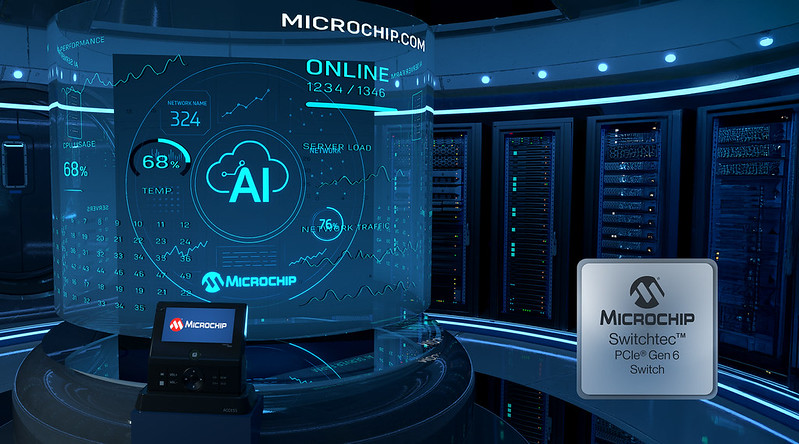 So you want to get into the wireless gadget business, eh? And you want to go with Bluetooth Low Energy (BLE)? You’re in good company – lots of folks are doing it. But how exactly are you going to go about it?
So you want to get into the wireless gadget business, eh? And you want to go with Bluetooth Low Energy (BLE)? You’re in good company – lots of folks are doing it. But how exactly are you going to go about it?
If you’re a big company with dedicated RF resources and lots of cash targeting high-volume applications (say, over 150,000 units a year), then you’ll probably do your own chip.
If not, well, you might want to think twice about tackling such a project on your own, according to Cypress. For one, RF design is tricky business – not a lot of small companies have RF experts in-house. And they say that it’s hard to find low-volume offshore assembly facilities (OSATs) that can handle RF.
But, perhaps even more importantly, even if you have the RF capabilities, you still have to get certified. Cypress says that, if you know what you’re doing, that can cost $200,000 and take 15 weeks. (Presumably, all bets are off if you don’t know what you’re doing…) That’s, like, over a dollar per device.
Instead, you could use one of many modules already out there. But Cypress says that numerous customers have experienced support challenges using that approach, since the module makers don’t make the ICs or write the stack software. Getting answers to questions can be maddening.
Then, in frustration, the engineers using the module dig into the open-source software to deal with things on their own – without realizing that, by changing the software, they’re nullifying the original certification of the module.
This is an area that Cypress is targeting with their own BLE module – a “programmable radio-on-chip” (PRoC – if you pronounce it –P-Rock, it magically becomes one of the more testosterone-infused names I’ve seen in a while… must utter in a grrrowl). The difference is that they also make the chip and wrote the software – and the design environment. The idea is that, because they own the entire thing, there’s only one place to go for support. No finger-pointing.

The module has already been tested and certified, so manufacturers incorporating the module get the benefit of that work. (In order to be able to use the BLE logo, manufacturer would still need to pay for a “Declaration ID,” but that’s more of a quick, inexpensive paperwork thing – there’s no actual testing involved.)
You can read more about the details in their announcement.
(Images courtesy Cypress)




